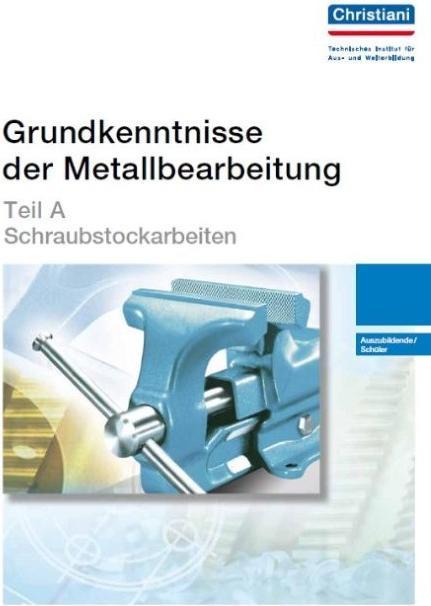
Teil A - Schraubstockarbeiten
German, Bodmer, Herbertua, Walter/Lebherz, Willi/Haug, 2012
On this page you'll find a ranking of the best Christiani products in this category. To give you a quick overview, we've already ranked the most important information about the products for you.

Teil A - Schraubstockarbeiten
German, Bodmer, Herbertua, Walter/Lebherz, Willi/Haug, 2012
The collection of tasks includes 415 test questions to prepare for the final exam part 1. According to the exam requirements, unbound tasks that must be answered in writing are presented at the beginning of each subject area. This particularly develops the ability to formulate precise answers to questions in written or oral form. This is followed by multiple-choice questions, where only one of the provided answer options is correct.
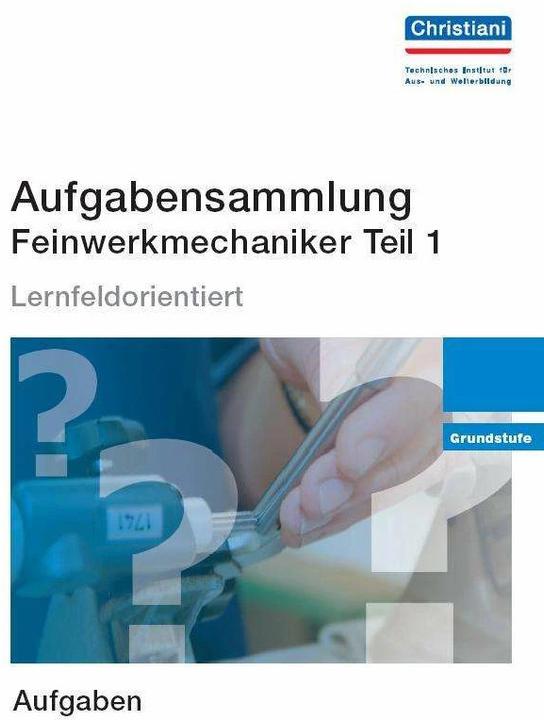
The training material for hydraulics consists of several parts. The core components are the exercise booklet for the trainee and the protocol sheets. The circuits and experiments are carried out on a training unit using the protocol sheets. Due to the reorganization of industrial metal professions, the imparting of control technology qualifications has been made mandatory. Pneumatics is addressed first according to the training regulations, followed by suitable parts of hydraulics depending on the profession. Nevertheless, the units (pressure, force, area, etc.) are also covered, as they cannot be assumed to be known, especially in further training. This book does not provide a comprehensive overview of the fundamentals of hydraulics. Therefore, it includes the section 'Fundamentals and Equipment Knowledge, Calculations, and Application Examples', which allows for a deeper understanding of the content.
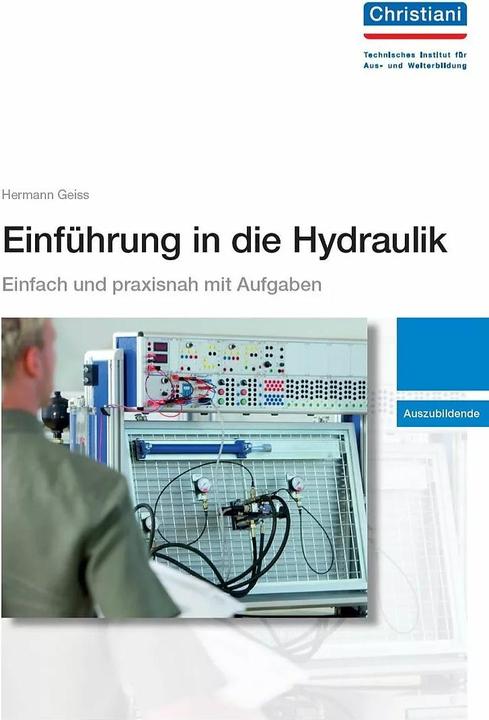
The 2013 completely revised examination book contains both bound and unbound tasks with attachments for the unbound tasks in the areas of youth in education and employment, sustainable livelihood security, as well as businesses and consumers in the economy and society within the framework of global economic interconnections. Additionally, two sample task sets illustrate how the examination can look in practice. There are tear-out answer keys or solution hints for the bound and unbound tasks. This book implements the guidelines of the Conference of Ministers of Education for vocational school instruction in the field of economics and social studies for commercial and technical professions. The subject areas and content mentioned in the KMK elements focus on young people in the professional and working world.

The training to become a plant mechanic (SHK) was restructured in 2016. To meet the requirements of the training profession, an examination is scheduled after two years of training, which reflects the current level of performance. This workbook offers you six projects to prepare for the journeyman examination part 1. Projects 1-5 cover the technological connections from learning fields 1 to 6. The starting point is a practical task that involves the creation and testing of a supply technology component. From this, theoretical questions are derived and presented in each project. Project 6 addresses the electrical engineering tasks, which are content-wise related to projects 1 to 5. The journeyman examination part 1 includes: the practical task, the situational technical discussion, and the written task (theoretical task). Overall, part 1 of the journeyman examination accounts for 30% of the total examination. By working on the projects, you will acquire the fundamentals for a successful examination execution.
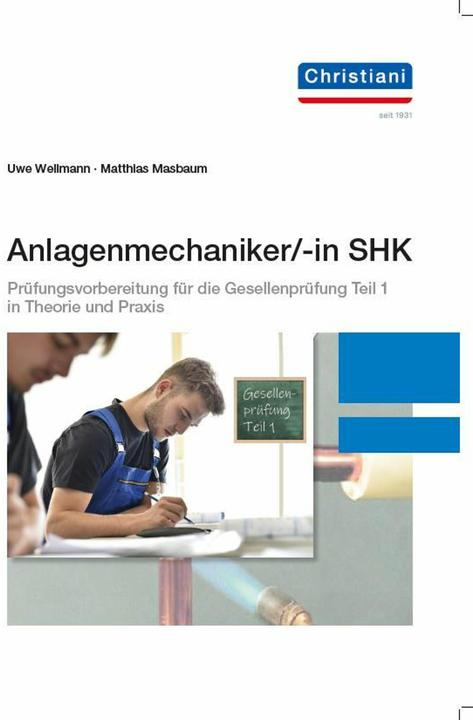
The title offers more than 70 project tasks, which are oriented to typical tasks of professional practice. The complexity of the individual projects increases from project to project so that the title can be used throughout the training period and to prepare for the intermediate and final examinations. Accordingly, the title is divided into these areas: Basic skills - key topics: Design basics, typography, photography and photo editing, media design and print data preparation as well as data handling Preparation for the intermediate exam - The scope and time required for these exercises are based on the intermediate exams Advanced skills - Preparation for concepts, presentations and complex tasks - Main topics: media-oriented elaborations, media production, design concept and design.
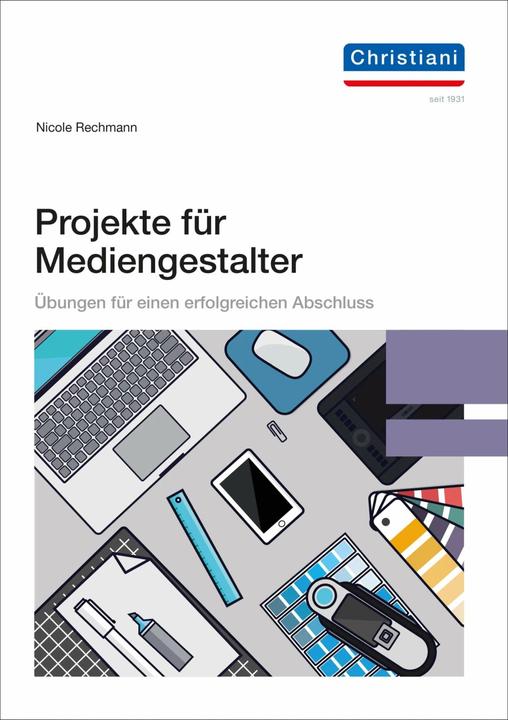
This PAL exam book contains 219 bound tasks on all topics at the compulsory qualification level that are relevant to the exam for trainees, as well as five unbound tasks on job-related calculations. In addition, sample tasks are included for Part 1 and Part 2 of the extended final examination. Tasks at the optional qualification level are shown in the appendix as examples.
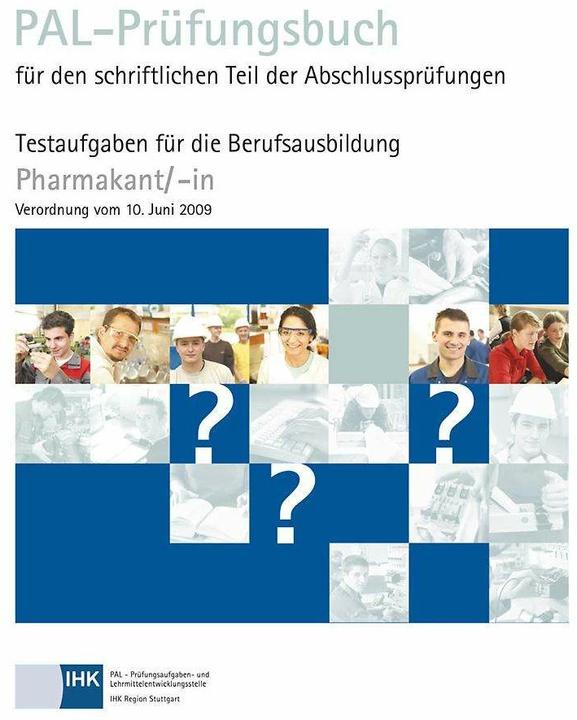
PAL-Prüfungsbuch Pharmakant/-in
German, Dr.-Ing. Paul Christiani GmbH & Co KG, 2016
The newly revised 7th edition of the construction formula collection has grown slightly in scope due to updates. Nevertheless, it has been deliberately kept compact and handy by consistently focusing on the fundamental formulas, ensuring that clarity and quick handling are not compromised. If necessary, trainees can enter additional formulas in the designated templates. This technical book contains formulas that may appear in the intermediate and final exams for the professions of draftsman, concrete and reinforced concrete builder, mason, road builder, and carpenter. They have been developed based on the examination sets used in recent years.
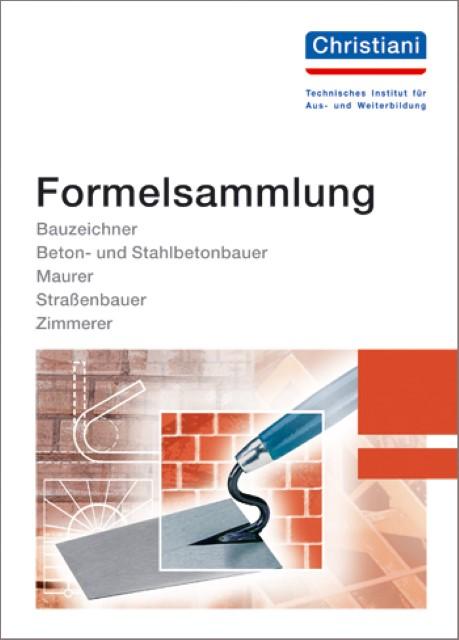
The formula collection provides a quick overview of the most important formulas in the professional field. It is particularly well-suited for exam preparation and during the exam. Clarity in presentation is achieved through didactically easily understandable content, a generous format, and well-readable text sizes. The collection is compact and comprehensive, containing the essential content for the target groups. There is space for personal notes to add, jot down, and remember. An index of terms allows for quick searches for common terms, and cross-references facilitate finding relevant information in the reference book.
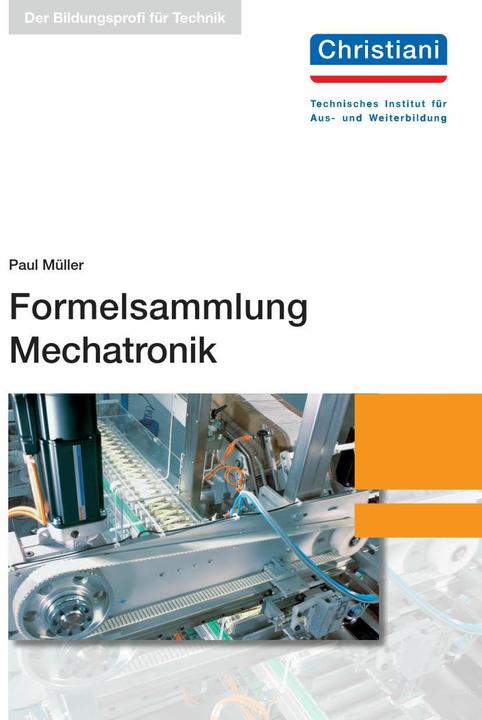
The formula collection provides a quick overview of the most important formulas in the field of electrical engineering. It is particularly well-suited for exam preparation and taking exams. Clarity in presentation is achieved through didactically easily graspable content, a generous format, and well-readable text sizes. The collection is compact and complete, containing the essential content for the target audience. There is space for personal notes to add, jot down, and remember. A glossary allows for quick searches of common terms, and cross-references facilitate finding relevant information in the reference book.
